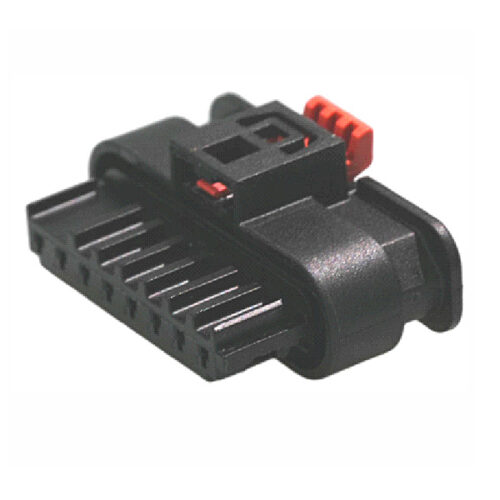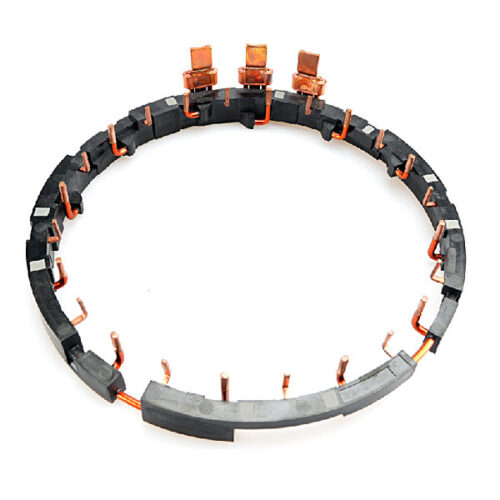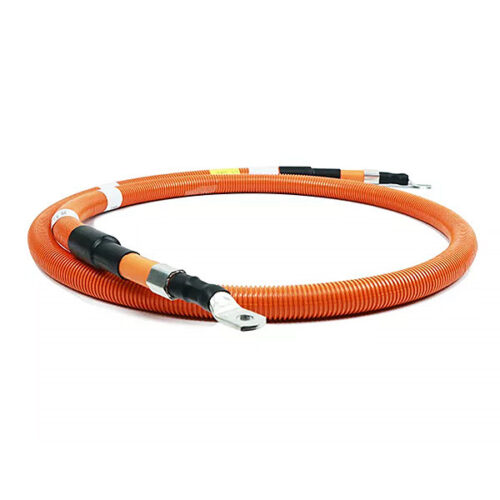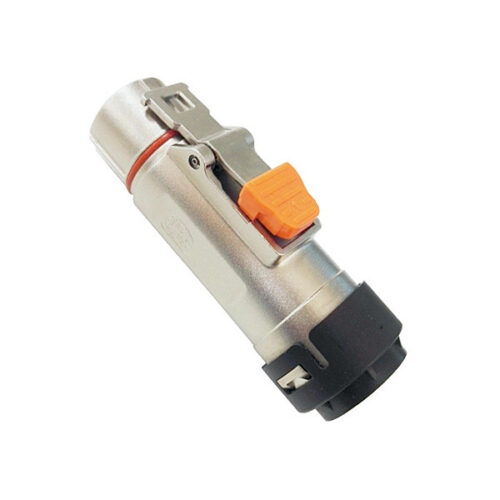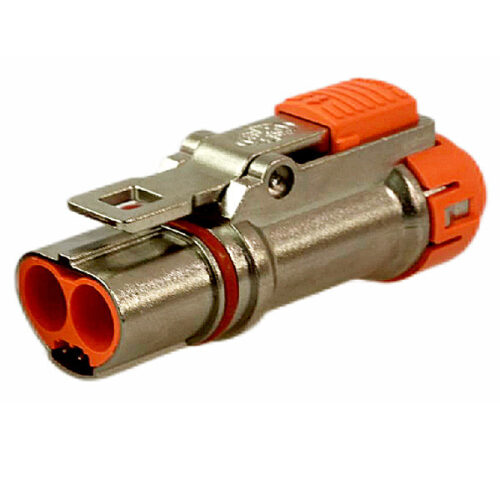Blogs & News
We are focus on automotive wiring harness & connectors technology.
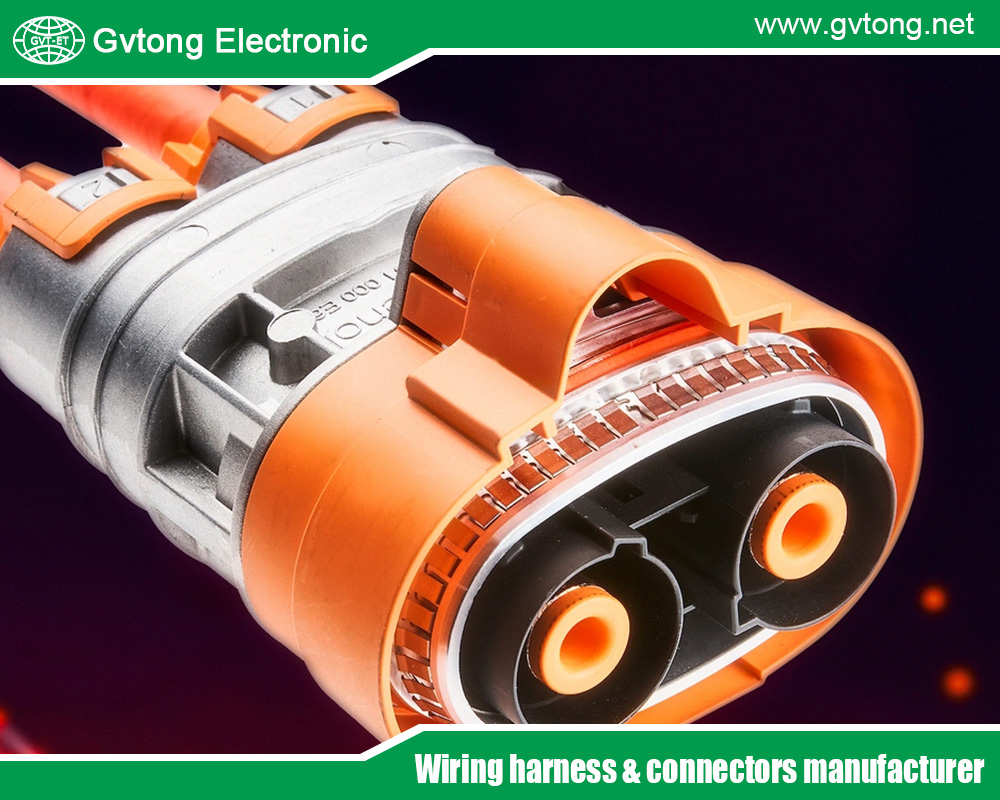
How Do Top Automotive Electrical Connector Manufacturers Solve High-Voltage Stability Issues?
- Gvtong Electronic
- 2p 32p Automotive Connector Terminal Crimping, 48V board net connectors, Anti-vibration automotive connectors, Automated assembly connectors, Automated assembly connectors Cost-effective automotive connectors, automotive antenna connector, automotive antenna connector manufacturer, automotive antenna connector supplier, automotive camera connector, automotive camera connector malaysia, Automotive Camera Connectors, Automotive Camera LVDS Cable-Waterproof, Automotive Camera Module Connectors, automotive cavity connectors, automotive data connector, automotive diagnostic connector, automotive electrical connector manufacturers, Automotive high - frequency connector, automotive hybrid connector, automotive optical fiber connector, Automotive power distribution connector, Automotive temperature - resistant connector, Automotive vibration - resistant connector, Automotive-grade AEC-Q200 connectors, China Industrial Electrical Connector Manufacturers, Cost-effective automotive connectors, electrical connector manufacturer, Halogen-free automotive connectors, Industrial Electrical Connector Manufacturers, Recyclable material connectors, Redundant safety connectors, Thermal management connectors, top - tier electrical connector manufacturer, Top Automotive Electrical Connector Manufacturers, Wireless charging connectors
- No Comments
How Do Top Automotive Electrical Connector Manufacturers Solve High-Voltage Stability Issues?
The electric vehicle (EV) revolution is reshaping the automotive landscape, with global EV sales projected to reach 17 million units in 2025, driven by advancements in battery technology and stringent emissions regulations. At the heart of this transformation lies the challenge of managing high-voltage systems, typically ranging from 400V to 800V or higher, which power propulsion, charging, and auxiliary functions. Automotive electrical connectors, the critical links in these systems, must ensure stable, reliable performance under extreme conditions. High-voltage stability issues—such as arcing, thermal runaway, electromagnetic interference (EMI), and mechanical degradation—can lead to system failures, safety hazards, or reduced vehicle efficiency. As EVs push toward faster charging (up to 500 kW) and longer ranges, solving these issues has become a priority for manufacturers.
Top players in the automotive connector industry, including TE Connectivity, Aptiv, Yazaki, and Amphenol, are leading the charge with innovative solutions. These companies dominate the market, with TE Connectivity holding a significant share through its extensive portfolio tailored for hybrid and electric vehicles (HEVs). The global automotive connectors market is expected to grow from USD 7.33 billion in 2025 to USD 9.14 billion by 2030, fueled by EV adoption. High-voltage connectors, a subset, are projected to expand at a CAGR of 18.2%, reaching USD 8.80 billion by 2032.
This article delves into how these manufacturers address high-voltage stability through core technologies like advanced materials, shielding designs, and safety interlocks. By examining their strategies, we uncover the engineering feats enabling safer, more efficient EVs. From TE Connectivity’s AMP+ series to Aptiv’s high-voltage interconnects, these innovations not only mitigate risks but also support emerging trends like 1500V systems for ultra-fast charging. As the industry evolves, understanding these solutions is essential for stakeholders aiming to capitalize on the EV boom while prioritizing reliability and sustainability.
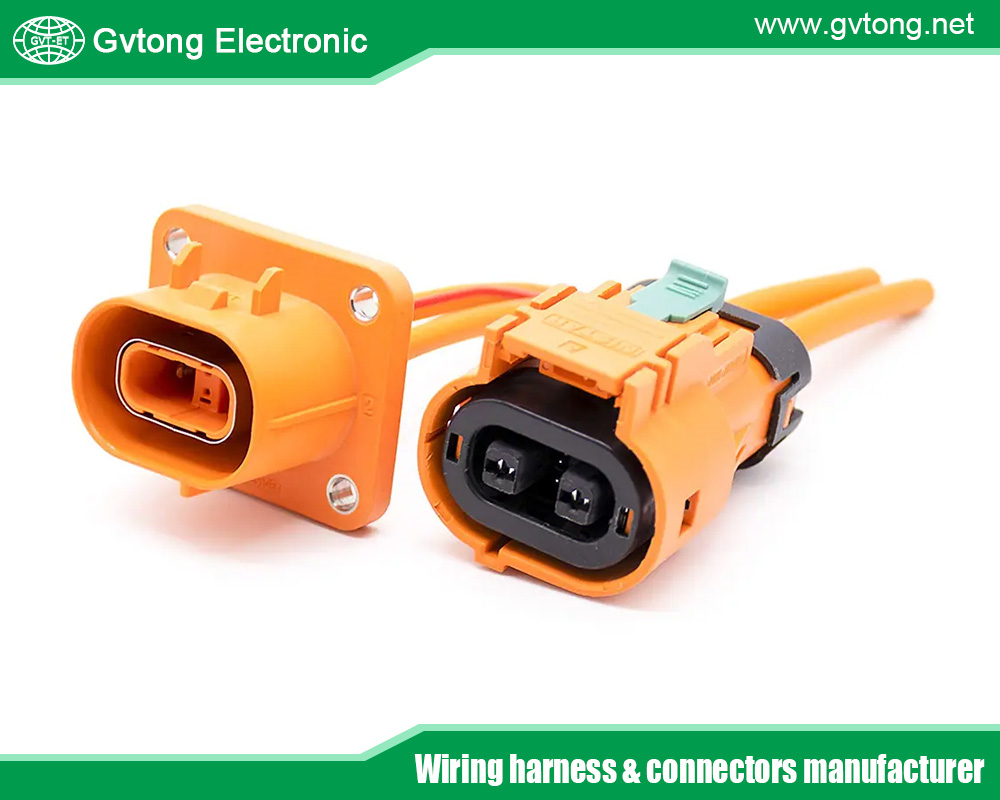
Understanding High-Voltage Stability Issues in Automotive Electrical Connectors
High-voltage systems in EVs introduce unique challenges that traditional low-voltage connectors cannot handle. Unlike internal combustion engine vehicles, EVs rely on high-power flows for batteries, inverters, and motors, exposing connectors to voltages exceeding 400V and currents up to 500A. Common failures include electrical contact issues from insufficient pressure or wear, leading to arcing and overheating. Thermal stresses during rapid charging can cause insulation breakdown, while vibrations from road conditions exacerbate mechanical fatigue, potentially disconnecting circuits.
One major issue is EMI, where high-voltage transmission disrupts nearby electronics, affecting ADAS or infotainment systems. Harsh environments—vibrations, bumps, moisture, and temperature extremes from -40°C to 150°C—further compromise stability. In luxury EVs, faulty high-voltage cables can result in intermittent power or electrical faults, posing safety risks. Voltage instability from high EV loads can strain grids, but at the vehicle level, it manifests as arcing or corona discharge, eroding materials over time.
Insulation failures are critical; high voltages demand robust dielectrics to prevent short circuits. Connectors must also manage heat dissipation, as excessive temperatures reduce efficiency and lifespan. In wire harnesses, size constraints and shielding add complexity. Standards like ISO 15118 and LV 215 mandate touch-safe designs and high-voltage interlock loops (HVIL) to de-energize circuits during disconnection, preventing shocks.
These issues are amplified in emerging 800V+ architectures, like those in the Porsche Taycan, where faster charging demands superior stability. Manufacturers face the dual challenge of miniaturization—reducing weight for better range—while enhancing durability. Failure rates, though low (below 1 ppm with rigorous testing), can lead to costly recalls. Overall, high-voltage stability is pivotal for EV reliability, with innovations focusing on predictive maintenance and advanced simulations to preempt failures.
Core Technologies for High-Voltage Stability
To combat these challenges, manufacturers employ a suite of core technologies centered on materials, design, and integration. Advanced materials like high-temperature thermoplastics (e.g., PBT or PA66) and ceramics provide superior insulation and thermal resistance, withstanding up to 200°C without degradation.
Silicone seals ensure IP67+ waterproofing, protecting against moisture-induced corrosion. Shielding is paramount for EMI mitigation; metallic enclosures or braided shields block interference, maintaining signal integrity in data-power hybrid connectors. Liquid-cooled designs dissipate heat during high-current operations, extending lifespan by 20%. HVIL systems integrate sensors to monitor connections, automatically shutting down power if anomalies occur, enhancing safety. Contact technologies, such as silver-plated terminals, minimize resistance and arcing. Modular designs allow scalability, with crimp terminations ensuring vibration-resistant bonds.
For higher voltages, 1500V connectors use reinforced insulation and low-contact resistance to support megawatt charging. Temperature rise management involves derating curves, balancing current loads to prevent overheating. Integration with zonal architectures reduces wiring complexity by 30%, improving stability. Smart connectors with embedded sensors enable real-time monitoring, predicting failures via AI algorithms. Sustainability drives the use of recyclable materials, aligning with EU regulations. These technologies collectively ensure connectors handle 1000V+ systems reliably, paving the way for autonomous and connected EVs.
Deep Dive into Top Manufacturers’ Solutions
TE Connectivity: Pioneering High-Voltage Interconnections
TE Connectivity leads with its AMP+ portfolio, including HVA 280, HVA 630, and HVP 800 series, designed for up to 1000V and 500A. To address stability, TE employs finger-proof, touch-safe designs with integrated HVIL, preventing accidental energization. Their HIVONEX IPT-HD power bolt connectors feature enhanced shielding for low EMI and vibration resistance, compliant with ISO standards. Liquid cooling in high-current models manages thermal loads, crucial for fast charging. TE’s solutions have powered vehicles like Ford’s F-150 Lightning, reducing contact resistance for stable performance.
Aptiv: Advanced Interconnects for Electrification
Aptiv’s high-voltage interconnects support up to 250A and 1000V, with built-in HVIL for safety. Their Direct Contact Technology minimizes resistance, enhancing stability in power-dense environments. Aptiv addresses vibration through ruggedized housings and heat dissipation via optimized geometries. For auxiliary modules like DC/DC converters, they offer compact solutions that maintain stability under variable loads.Collaborations with Hyundai for the Ioniq 5 integrate power and data, cutting wiring by 25% and boosting efficiency.
Yazaki: Expertise in High-Voltage Harnesses
Yazaki, with over 30% market share in wiring harnesses, focuses on HV4.8 series connectors for 800V+ circuits. They incorporate interlock circuits and shielding to combat EMI and arcing.
High-heat-resistant SMT connectors support automotive communication, ensuring stability in extreme temperatures. Yazaki’s lance locking system provides secure mating, with 500VDC isolation for reliability. Their eco-friendly designs, using recyclable materials, have secured contracts with Nissan for the Ariya EV.
Amphenol: Innovations in Power Connectors
Amphenol’s UPC series, including the 12mm variant, handles high amperage with rugged, compact designs for vibration-prone EV applications. Their high- voltage power connectors feature EMI shielding and HVIL, managing currents up to 500A. Innovations like the Voltarius 38999 series support megawatt charging, with reinforced insulation for stability. Amphenol’s EV charging 2.0 introduces improved cam designs for secure connections, reducing failure risks.
These manufacturers invest heavily in R&D, often 10-15% of revenues, to refine technologies like predictive sensors and AI-optimized designs.
Case Studies and Innovations
TE’s AMP+ connectors in GM’s Ultium platform demonstrate 20% efficiency gains through low-resistance contacts. Aptiv’s solutions in Volvo EVs mitigated thermal issues, extending battery life. Yazaki’s HV systems in Toyota hybrids showcase vibration stability, while Amphenol’s UPC in charging stations enabled faster, safer recharges.
Future Trends
Looking ahead, 1500V connectors will dominate for ultra-fast charging, with wireless power transfer reducing physical wear. Sustainability will drive bio-based materials, and AI integration will predict stability issues in real-time.

Conclusion
Top manufacturers solve high-voltage stability through innovative materials, designs, and safety features, ensuring EVs’ reliability. As the market grows, these technologies will fuel a sustainable mobility future.
For more about how do top automotive electrical connector manufacturers solve high-voltage stability issues, you can pay a visit to Gvtong at https://www.gvtong.net/ for more info.

